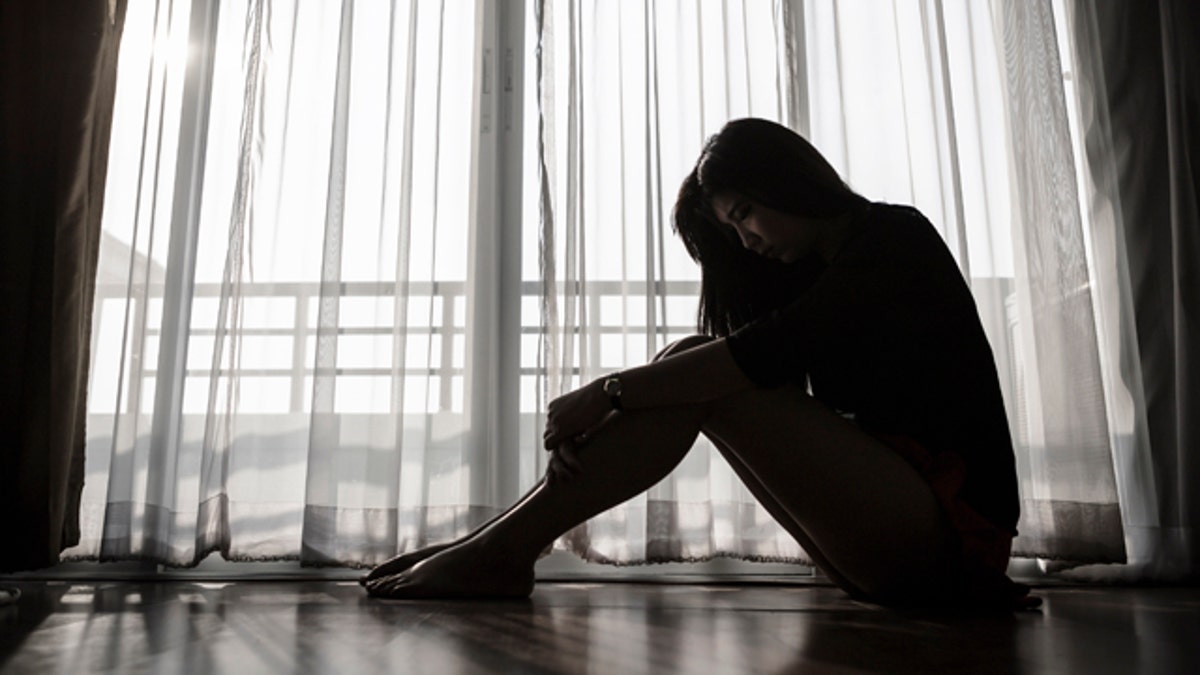
We've all seen listicles on the web declaring "24 images that will drive the OCD in you crazy" or that friend who has to keep everything tidy because they are "totally OCD." While the term "OCD" is often used in jest, the real condition is often more serious and debilitating than many people comprehend.
According to the National Institutes of Health (NIH), about 1 percent of the U.S. population suffers from obsessive compulsive disorder (OCD). The condition can involve either or both obsessions and compulsions, which include unwanted urges or images that incite stress and anxiety, as well as compel patients to exhibit repetitive behaviors, according to the Mayo Clinic.
Author David Adam is one of the millions of people in the U.S. who suffers from OCD, and he shares his story in the book "The Man Who Couldn’t Stop: OCD and the True Story of a Life Lost in Thought." The disease can show itself in various ways, but Adam defines it simply as a "disorder of thought."
Most people have thoughts that enter the brain, like jumping in front of a car or hitting a stranger on the street, but often these thoughts leave as randomly and quickly as they appeared. But for other people, like Adam, they stick. Adam explained these people begin to question their own morality and develop strange behaviors, called rituals, like knocking on wood excessively to assuage the fear of a superstition coming true.
In his book, Adam details different cases of OCD, including one of an Ethiopian girl named Bira who ate a wall of her house. The girl was overcome with unwanted thoughts of the wall, and the only way she could curb them and release the growing anxiety was to eat away at the structure.
On a more personal level, Adam speaks about his obsession with HIV in his new book. Adam knew he had a problem when he was overcome with worry that he contracted HIV after bringing a girl home but not having sexual relations with her. He knew he couldn't have contracted HIV from the girl because they didn't have sex, but he said he could not shake the worry from his mind.
Adam developed an obsessive need to seek reassurance. He would constantly call an HIV helpline to ensure that grazing his knee on the soccer field, for example, wouldn’t lead to HIV. The helpline calls became so frequent that the people on the other end of the line began to recognize his voice.
Adam admitted that the idea of having HIV could trouble anyone, especially those who are a product of the '80s, when the AIDS crisis was at its height. Many people have a fear of the virus, but phobias and OCD— both of which involve irrational fears that involve unlikely outcomes— are distinct from each other.
Adam said having a phobia is characterized by responding to an avoidable stimulus. For example, people with arachnophobia can stay from away spiders and be comfortable, but OCD causes fear and panic to persist. Unlike a phobia, OCD overwhelms its victims, often preventing those people with extreme cases from living the lives they want to lead.
Adam's fight with OCD continued for years and wasn’t alleviated until he had his daughter. Following her birth, he worried he passed HIV along to her, and he would check her constantly for nicks and cuts— fearing she could contract the virus through those open wounds.
That's when Adam knew he needed to make a change. The last thing he wanted was for these rituals to seem commonplace to his daughter, he said. His ultimate fear was that she would get OCD for HIV as well. He told FoxNews.com that at this point he "would do anything to make this go away," even if that meant seeking therapy. Up until this point, Adam was afraid to go to therapy because he was afraid that if it didn’t help, he would be left without any option or hope of getting better.
Therapy, along with medication, helped Adam learn that he would have to fight the compulsions of checking and rechecking, and seeking reassurance that he didn’t have HIV. He explained that people suffering from OCD must "break the strong bond" between worry and compulsion, and manage only what they can control.
"You can't stop the thoughts but you can stop the compulsions," Adam said. By eliminating these compulsive deeds, the anxiety subsides.
Adam said he still worries about HIV today, but knowing that the anxiety will eventually go away— even if he doesn't perform a ritual— helps.
David Adam's book "The Man Who Couldn’t Stop: OCD and the True Story of a Life Lost in Thought" is on sale.
Obsessive Compulsive Disorder affects about 2.2 million adults in America. For more information about the disease visit the National Institute of Mental Health's website by clicking here.
